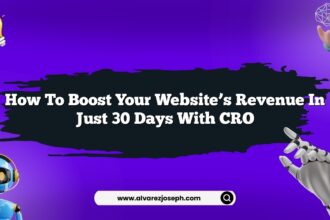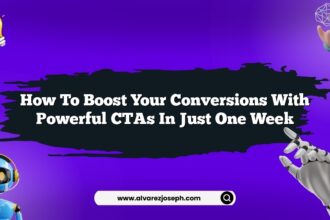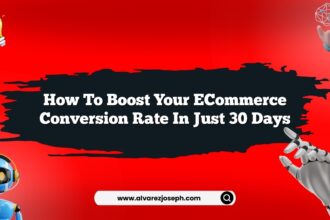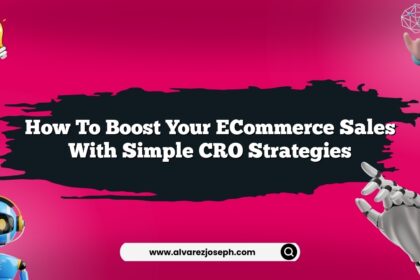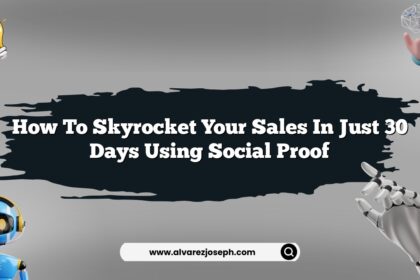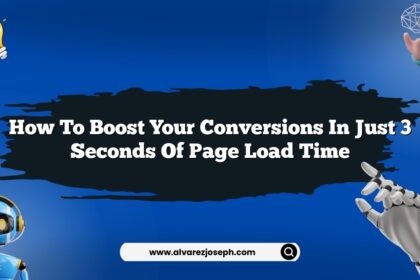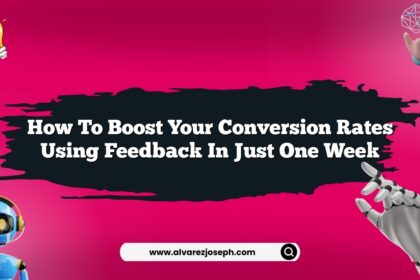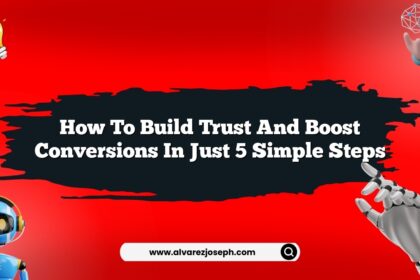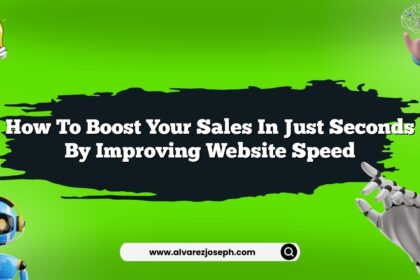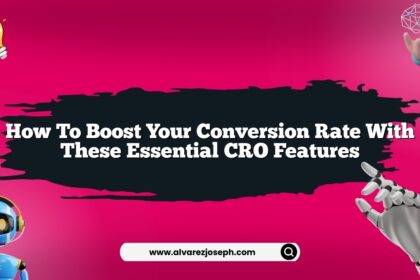Imagine this: you’ve poured your heart and soul into your website. It’s got killer content, beautiful design, and the whole shebang. But wait…when you check your analytics, you see a bounce rate that makes you want to pull your hair out! What’s happening? People are just clicking away after a few seconds. It’s like throwing a party and no one sticks around. Frustrating, right?
Well, I’m here to tell you that you can change this in just seven days. You heard me right. Seven days. Let’s dive into some real strategies to keep those visitors on your site. No fluff, just solid tactics that actually work. I’ve been there, done that, and trust me—this isn’t just theory. I’ve seen it transform websites from ghost towns into bustling hubs of activity.
Know Your Audience
Before you do anything else, you’ve got to figure out who the heck is landing on your site. Seriously, without knowing your audience, you might as well be throwing darts in the dark.
- Use analytics tools (Google Analytics is a good one) to see demographics, interests, and behaviors.
- Check out your traffic sources. Are they coming from social media, organic search, or referrals? This info helps tailor your content.
Here’s the secret…knowing your audience lets you speak their language. If they’re young and savvy, ditch the corporate lingo. Keep it fresh and casual. On the flip side, if your audience is more professional, you might want to tone it down a notch.
Optimize Your Landing Pages
Next up, let’s talk about landing pages. Your landing page is like your storefront. It’s gotta be inviting.
-
Load time: This one’s a game-changer. If your page takes more than a few seconds to load, people will bounce faster than a rubber ball. Aim for under 3 seconds. Use tools like GTmetrix to analyze your site speed.
-
Clarity: Make sure your value proposition is crystal clear. What’s in it for them? If they can’t figure it out in a few seconds, they’re outta there.
-
Visuals: Don’t underestimate the power of visuals. A good image can tell a story faster than a thousand words. But hey, make sure they’re optimized too! No one has time to wait for heavy images to load.
Content is King
So, let’s get into the nitty-gritty of content. You can’t just toss up any old content and hope it sticks.
-
Quality over quantity: I’m sorry, but this whole “just post regularly” thing? It doesn’t cut it. Focus on delivering value. Help your readers solve a problem or answer a burning question.
-
Engaging headlines: Seriously, your headlines need to pop! If your headline isn’t catchy, nobody’s clicking on that article. Think about it like this—would you read a book with a boring cover? Nope, didn’t think so.
-
Use subheadings and bullet points: Break down your content so it’s easy to skim. Remember, people don’t read online—they scan. Make it digestible.
Internal Linking
Now, here’s a tactic too many people overlook—internal linking.
-
Guide your visitors: When someone reads one of your articles, give them a reason to stick around. Link to related content. “If you liked this, check out that!” Not only does this keep them engaged, but it also helps with SEO.
-
Strategic placement: Don’t just throw links in randomly. Place them where they make sense. It should feel natural, not forced.
Reduce Distractions
Let’s not kid ourselves. Too many distractions can kill your bounce rate faster than a bad first date.
-
Pop-ups: I get it, you want those email sign-ups. But if your pop-up hits the screen as soon as someone lands, they’re gonna bounce. Wait a few seconds, or even better, trigger it on scroll.
-
Limit ads: Look, I know ads are necessary, but too many can be overwhelming. Less is more. If they can’t see your content because of ads, it’s a major turn-off.
-
Clear navigation: Your site should be easy to navigate. If people can’t find what they’re looking for, they’re out. Use intuitive menus and breadcrumb trails.
Test, Test, Test!
Here’s the thing…you can’t just set it and forget it. You’ve got to keep testing.
-
A/B Testing: Try different headlines, images, CTAs (calls to action), and even layout. See what sticks. It’s like cooking—you’ve got to find the right balance of spices.
-
Gather feedback: Ask your audience what they think. Use surveys or social media. Real people will give you real insights.
Create a Seamless Mobile Experience
Let’s face it, we’re all attached to our phones. If your site isn’t mobile-friendly, you’re missing out.
-
Responsive design: Your site should look good on any device. Period. Test it out on multiple devices to ensure it’s user-friendly.
-
Touch-friendly navigation: Make sure buttons are easy to click. If someone’s struggling to get around, you guessed it—they’re gonna bounce.
Use Engaging CTAs
So, what do you want your visitors to do after they’ve read your content? You need a clear call to action (CTA).
-
Be direct: Don’t beat around the bush. Say exactly what you want them to do. “Sign up for our newsletter” or “Download the eBook.”
-
Make it compelling: Your CTA should stand out. Use contrasting colors, bold text, and action-oriented language.
Here’s a little tip…play around with the placement. Sometimes putting your CTA at the beginning, middle, or end of the content can yield different results.
Monitor Your Analytics
Okay, you’ve made all these changes, but how do you know if they’re working?
-
Keep an eye on your analytics: Check your bounce rates, time on page, and conversion rates regularly. Use Google Analytics, or any other tool that suits your needs.
-
Be flexible: If something isn’t working, don’t be afraid to pivot. Adapt your strategies based on what the data tells you.
Be Patient
Lastly, let’s keep it real. Reducing your bounce rate isn’t gonna happen overnight.
-
Give it time: A week is a good start, but you might not see drastic changes immediately. Keep monitoring and tweaking.
-
Celebrate small wins: Did your bounce rate drop by 5%? Awesome! Take note of what worked and keep pushing forward.
Quick Summary
- Know your audience—analyze demographics and traffic sources.
- Optimize landing pages for load time and clarity.
- Focus on high-quality, engaging content that solves problems.
- Use internal links to guide visitors to related content.
- Minimize distractions like pop-ups and ads.
- Test different elements on your site to see what works.
- Ensure your site is mobile-friendly and responsive.
- Create clear and compelling CTAs.
- Monitor analytics to track progress and adapt accordingly.
- Be patient and celebrate progress, no matter how small.
Frequently Asked Questions
What is a ‘bounce rate’?
A bounce rate is the percentage of visitors who leave your website after viewing only one page. A high bounce rate typically indicates that visitors aren’t finding what they expected or that there’s something off.
How do I check my website’s bounce rate?
You can check your website’s bounce rate using tools like Google Analytics. Once you set up your account, navigate to the behavior section, where you’ll find detailed metrics about your site’s performance.
What is considered a good bounce rate?
It varies by industry, but generally, a bounce rate between 26% and 40% is considered excellent. Anything above 70% might need some serious attention.
How can I lower my bounce rate quickly?
Start by optimizing your landing pages, improving site speed, and ensuring your content is engaging and relevant. Don’t forget to analyze your audience and tailor your approach!
What role does mobile optimization play in bounce rates?
With so many users browsing on their phones, a non-mobile-friendly site can lead to higher bounce rates. A seamless mobile experience keeps users engaged and encourages them to stick around.
Can social media impact my bounce rate?
Absolutely! If you’re driving traffic from social media, make sure your content aligns with what users expect to find. Misleading links can lead to high bounce rates.
At the end of the day, it’s all about creating a user-centric experience. If you focus on delivering value, you’ll see your bounce rate drop like a hot potato. Happy optimizing!


